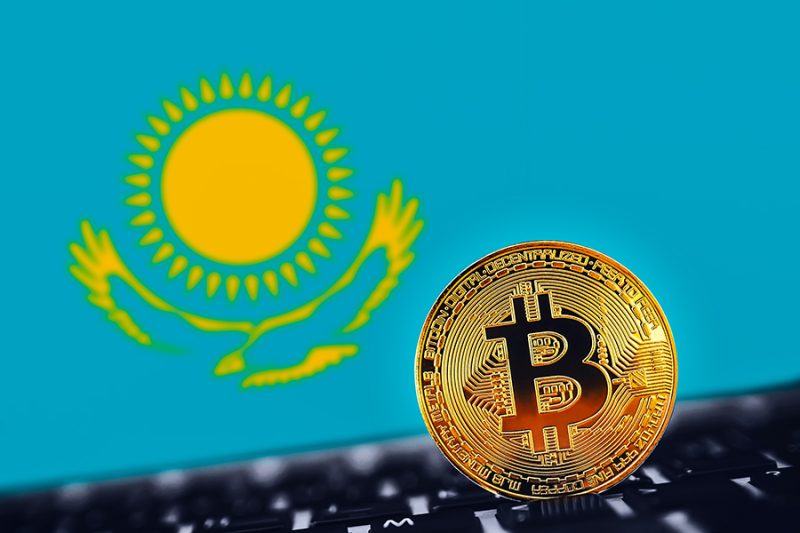Astana, Kazakhstan – The Kazakh government has unveiled plans to establish a sovereign cryptocurrency reserve valued at over $1 billion by 2026. This initiative is part of a nationwide effort to modernize the financial sector and reduce reliance on traditional commodity exports.
Building a National Digital Asset Fund
President Kassym-Jomart Tokayev, during his annual address, proposed the creation of a “State Fund of Digital Assets.” The fund will be managed by the National Bank of Kazakhstan’s Investment Corporation and will collect various types of digital assets, including:
- Cryptocurrencies mined through state-supported operations
- Tokens confiscated from illegal activities
- Other tokenized financial holdings
This move aligns with broader digital-finance reforms, including a new legislative framework for digital-asset circulation by 2026. Additionally, Kazakhstan plans to launch a blockchain-driven “CryptoCity” in Alatau, designed as a testing hub for crypto payments, smart contracts, and central bank digital currency (CBDC) integration.
Shifting From Mining to Institutional Investment
Once a global hotspot for Bitcoin mining—contributing up to 13% of worldwide hashrate at its peak—Kazakhstan is now pivoting toward institutionalizing digital assets as part of its economic strategy. The new crypto reserve aims to:
- Diversify income sources beyond oil and gas
- Strengthen digital sovereignty
- Attract fintech innovation and investment
The National Bank has acknowledged the need to amend existing laws to support the creation of this reserve and improve oversight of unregulated crypto activity and AI-related financial risks.
Potential Impact and Uncertainties
Kazakhstan’s plan represents a major shift—recognizing digital assets at a sovereign level rather than merely allowing their use. This could inspire other emerging economies to explore similar strategies. However, significant challenges remain, such as:
- Defining the reserve’s governance model and transparency standards
- Managing asset volatility and custodial security
- Addressing regulatory and energy-related risks, given past infrastructure strains
Key developments to monitor include:
- The introduction of formal digital-asset legislation or a “Digital Code” defining the fund’s legal structure
- Initial asset acquisitions, including which coins will be held and their origins
- Progress of the “CryptoCity” project in Alatau as a real-world crypto integration pilot
- Broader influences like global crypto regulation trends, energy market changes, and commodity price shifts
Kazakhstan’s ambitious crypto reserve project could redefine how nations approach digital assets. While the plan offers enormous potential for innovation and diversification, its success will depend on strong governance, effective regulation, and sustained political will through 2026.
